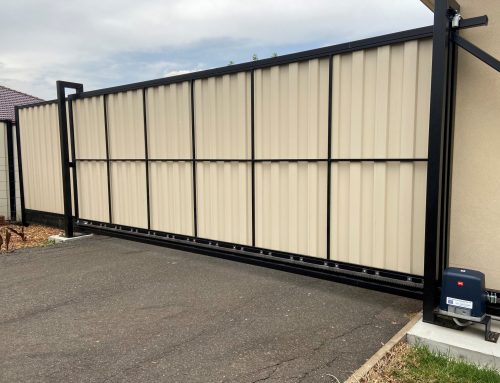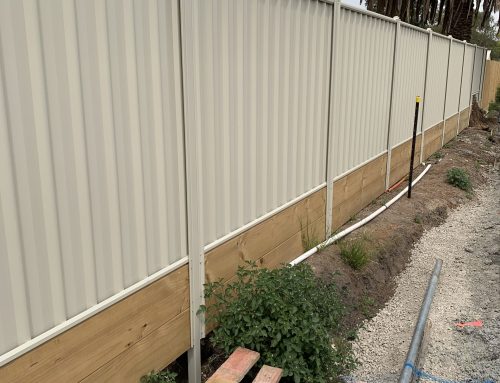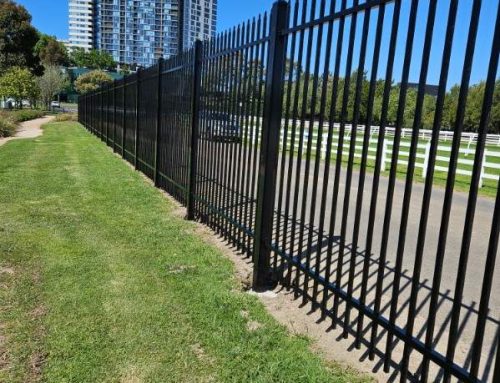Taking advantage of Melbourne winter may mean an upgrade for your swimming pool fence before the start of the summer. However, before getting into the pool fence installation process, various aspects require your awareness.
Pool fencing laws
If a residential pool or spa in Victoria has a depth of 30cm or more (300mm), it has to be surrounded by a safety barrier (or pool fence). You may find it surprising, but it also applies to inflatable pools. Additionally, all the pools and spas that have been built after 2010, have to have a four-sided barrier, also known as an isolation fence. This isolation fence cannot have direct access from the house or other buildings to the pool or spa.
When it comes to regulation to the barriers (pool fence including), the safety barrier must be a minimum of 1.2 metres high. Gates of the barriers must also be self-closing and self-latching, in case you forget to close it. Once again, you might find it surprising, but it is illegal to leave a pool or spa gate open.
Barriers also cannot be blocked by climbable objects such as pot plants, eskies, pool pumps and chairs. They must be moved away from the safety barrier/fence.
Pool building permits
Before you start the installation process of your new pool fence, you must ensure a building permit that is required before installing a new pool, spa, or barrier/fence. A registered building surveyor will issue the permit. Once the permit has been issued, building work must start within 12 months of the date that the building permit was issued.
As mentioned previously, once a new pool is filled with more than 30cm of water, it needs a safety barrier/fence. If a new pool fence has not been installed yet, you (your fencing provider) will have to put a temporary safety barrier around it.
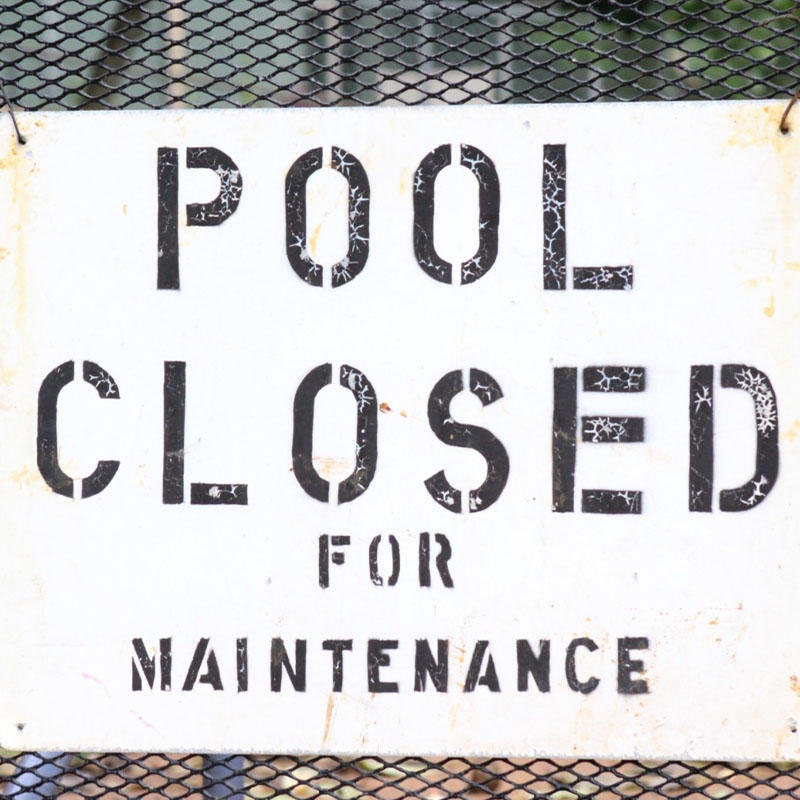
Pool safety campaign
You might find the following pool safety campaign interesting. It advocates for backyard pool safety as the best offense is a good defense. According to the statistics from the Royal Life Saving Society of Australia’s National Drowning Report, in 2019/20, twelve Australian children aged 0-4 years drowned. Half of these drowning incidents occurred in swimming pools. Hence, the importance of following the regulation of the swimming pool fences and barriers.
You can find more information HERE.
Pool registration
As of December 1st, 2019, a new law was introduced to improve swimming pool and spa safety in Victoria. It is now mandatory for owners of the land where a swimming pool or spa is located to register their pool or spa with the relevant council. Pool and spa owners are now also obliged to obtain and lodge compliance certificates for their safety barriers. Find more information on the Safety barrier regulations website.
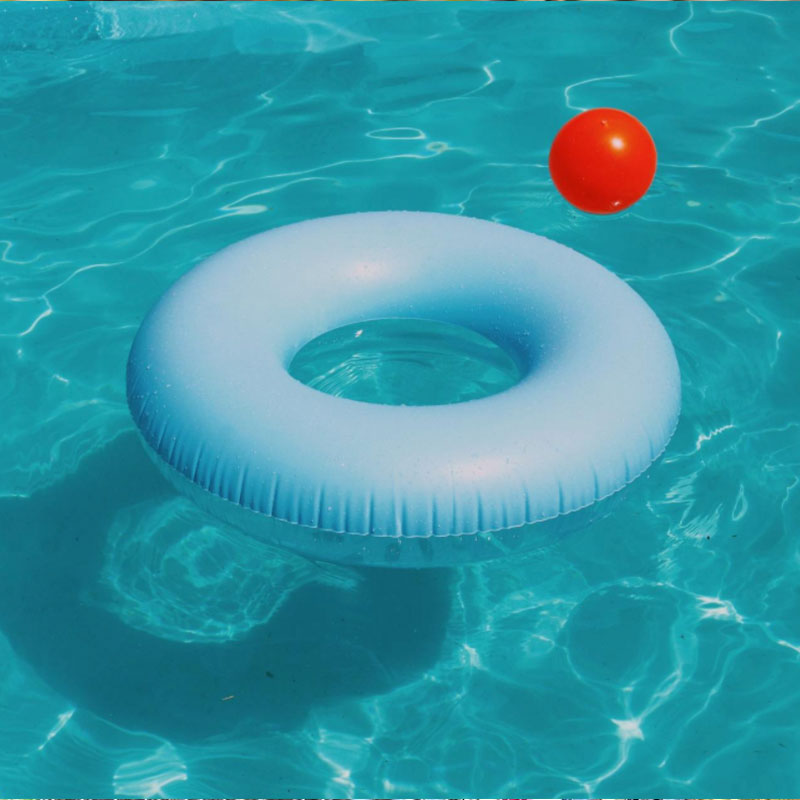
Choosing your swimming pool fencing
We’ve discussed the regulations of the pools and barriers. However, when it comes to choosing a suitable pool fence, what are your options?
One of the cheapest options would be to install chain link fencing, also known as chain wire fencing.
Some other fencing alternatives include:
- Tubular steel fencing
- Welded mesh panels
- Bamboo fencing
- Glass fencing
- Colorbond steel fencing
- Aluminium fencing
- Timber fencing
If you are interested in steel fencing for your pool, contact our fencing team today. They will be able to provide information on the best pool fencing solution for your home.
Call us on (03) 9753 4566, shoot us an email at info@diamondfence.com.au or get a FREE online quote.

